What is the working principle of a single beam crane
The working principle of a single beam crane mainly relies on the comprehensive action of electric end beam drive, electric hoist lifting, track movement, and control system. The following is a detailed explanation compiled by Shandong single beam crane manufacturer for everyone:
1、 Electric end beam drive
The main beam of a crane is the main load-bearing part of a single beam crane, which moves horizontally along the crane track through an electric end beam drive system. The electric end beam drive system usually consists of a three in one motor (integrating the motor, reducer, and brake) and a beam head. By controlling the operation of the motor, the main beam can move forward, backward, and stop on the track.
2、 Electric hoist lifting
Cranes are usually equipped with electric hoists, which are devices used to lift and hoist goods. The electric hoist drives the drum of the crane's steel wire rope through the motor, and the steel wire rope is wound and loosened on the drum to achieve the lifting operation of goods. Electric hoists are usually equipped with limit switches and overload protection devices to ensure the safety of the lifting process. Limit switches are used to prevent excessive lifting of electric hoists, while overload protection devices are used to automatically stop lifting operations when overloaded, preventing equipment damage or accidents.
3、 Moving orbit
Single beam cranes are usually installed on specific operating tracks that provide a stable path for the crane to move. Through the track, the crane can move horizontally, enabling the handling and stacking of goods. The laying and maintenance of tracks are crucial for the stable operation of cranes.
4、 Control system realizes motion control
The motion control of the crane is mainly achieved through the control system. The control system usually consists of an electrical control box, control buttons, sensors, and encoders. The operator can control the movement of the crane, such as lifting, lowering, advancing, and retreating, through control buttons. Meanwhile, sensors and encoders can monitor the position and motion status of the crane in real-time, ensuring the safety and accuracy of the lifting process. The control system can also achieve automation and intelligent control of the crane, improving work efficiency and safety.
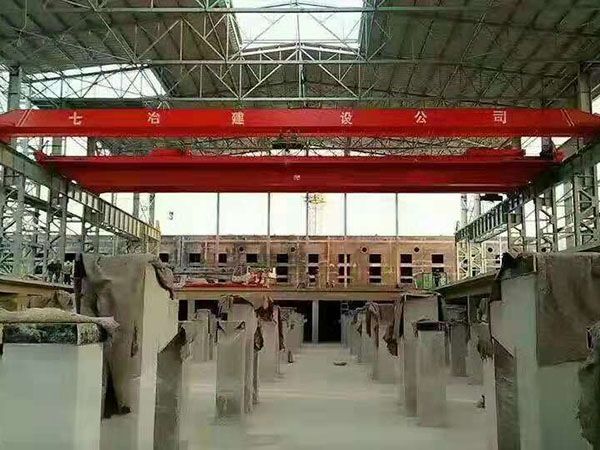
| Previous:What are the application scope of gantry cranes | Next:What are the characteristics and advantages of mobile crushers? |


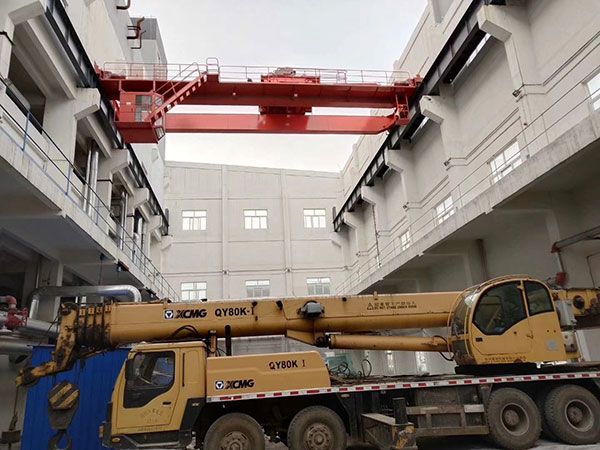


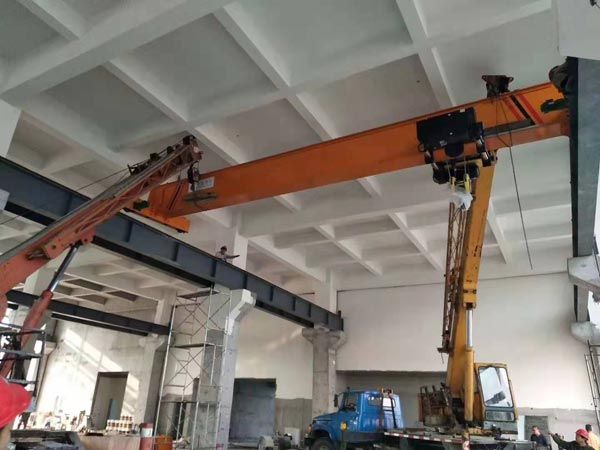
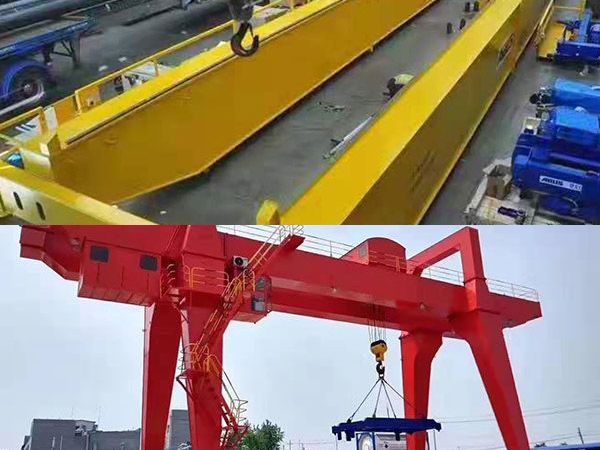
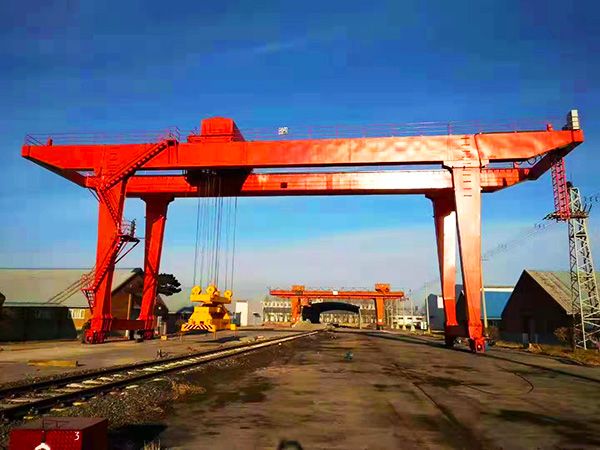
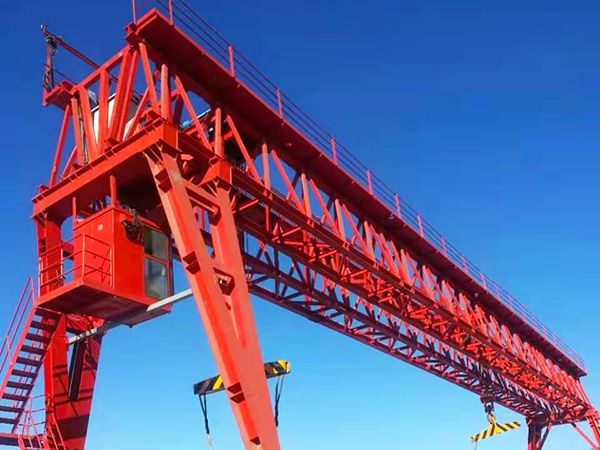
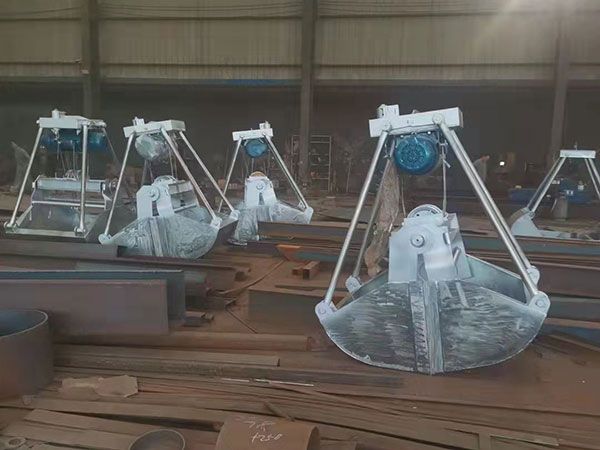












 Home
Home
 Tel
Tel
 Product
Product